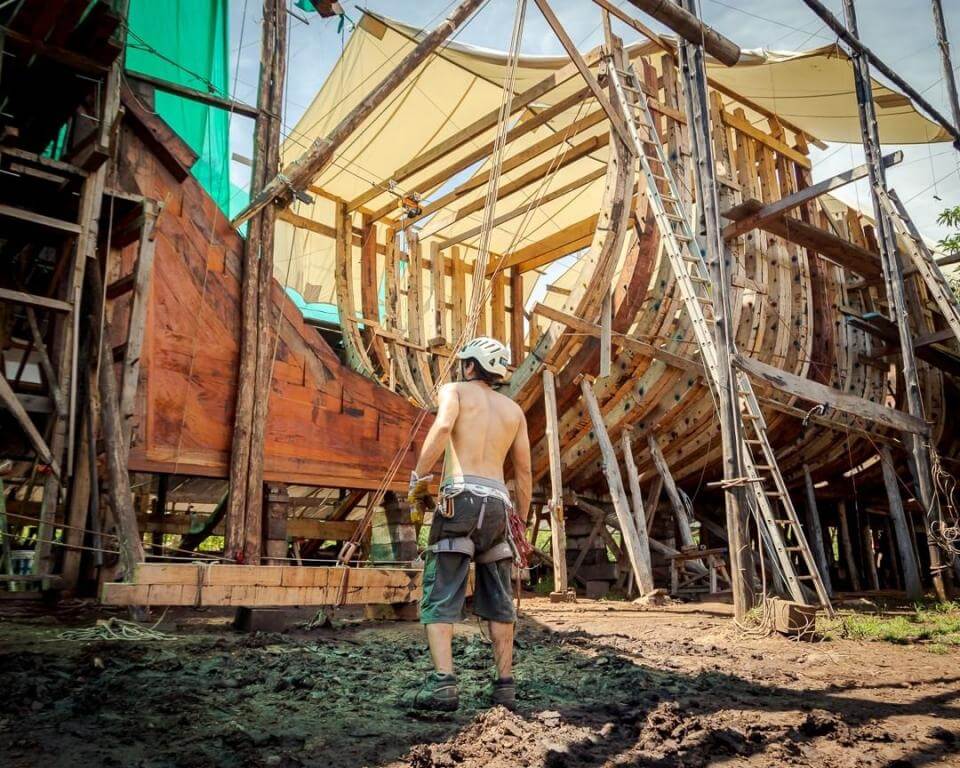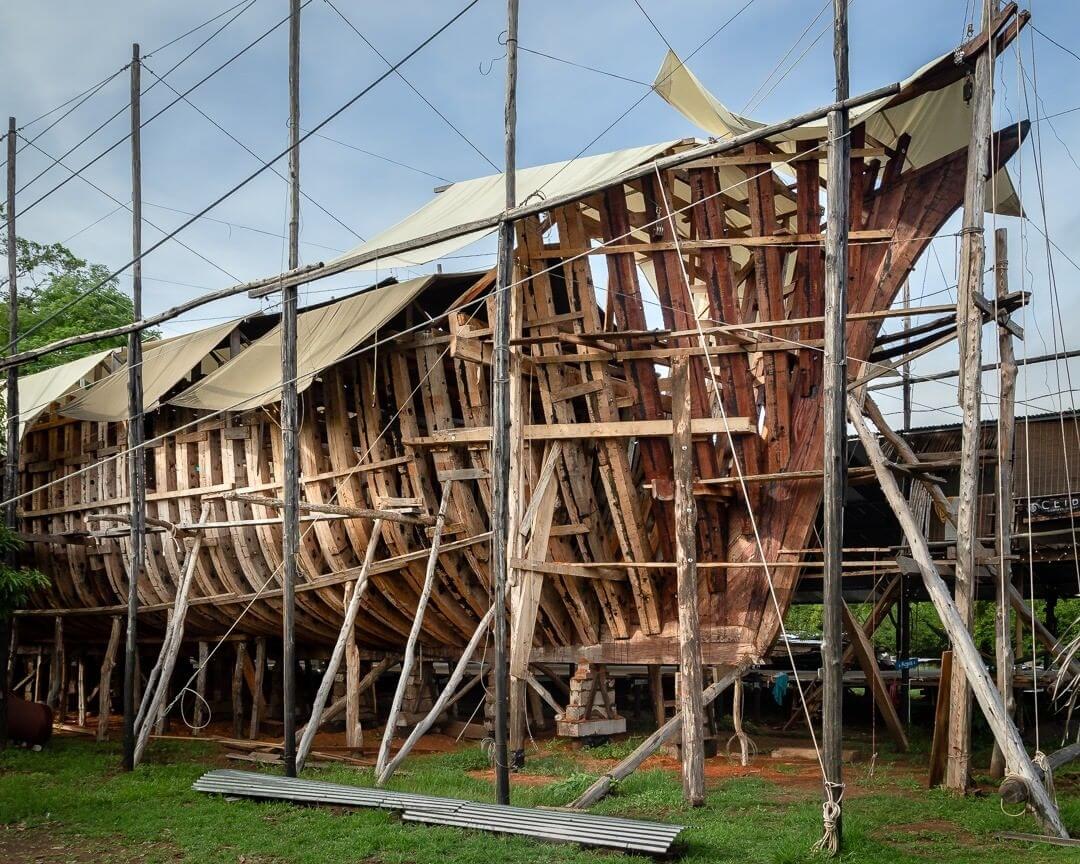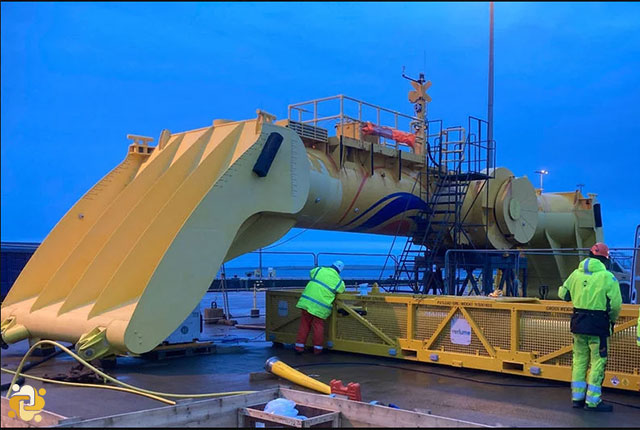Large Sail Cargo Project Advances with Canadian Investment
The efforts to launch the world’s largest zero-emission sailing cargo ship took a step forward with the announcement that a Canadian coffee company is investing in the project.
The vessel, named Ceiba, is currently under construction using traditional shipbuilding methods in Costa Rica and is due to enter service in 2023.
Cafe William, a coffee roaster based in Canada said that it has been working for several years to rethink its value chain focused on sustainability. “Since coffee trees do not grow in cold regions like ours, it is inevitable that the harvested coffee beans are transported over long distances. Our investment in this innovative project will allow us to considerably reduce our carbon footprint and, along with our other projects, to eventually produce a zero-emission coffee, a first in the coffee world,” said Serge Picard, owner of Café William.

The Ceiba is a three-masted traditional topsail schooner being built using sustainable materials and renewable energy. The sailing ship will have a length overall of 148 feet and the ability to transport 250 tons of cargo in two cargo holds. The vessel will have a crew of 12 and a guest crew of 12.
Designed by Manta Marine Design, the company says that the Ceiba’s three-masts will provide a sufficient sail area of approximately 6,300 square feet to move in very light winds while allowing flexibility and maneuverability for sail changes during heavy weather.

Construction began in 2018, with the company reporting steady progress in 2019, and recent photos show a large portion of the framing completed.
To improve the reliability of the vessel she is being outfitted with an auxiliary electric engine. The company said that it would be powered by batteries that will be regenerated by variable pitch propellers. These electric engines will also be able to use a combination of green hydrogen fuel cells as the technology emerges.






-DemoSATH-Installed-Offshore-to-Begin-Floating-Wind-Platform-Tests--Small.jpg)

